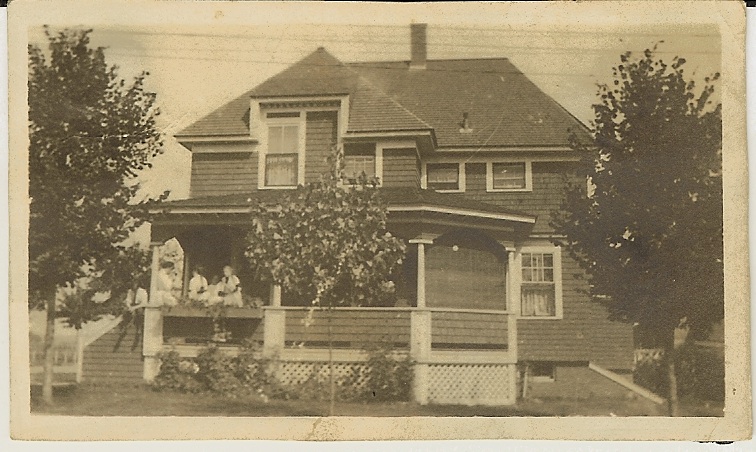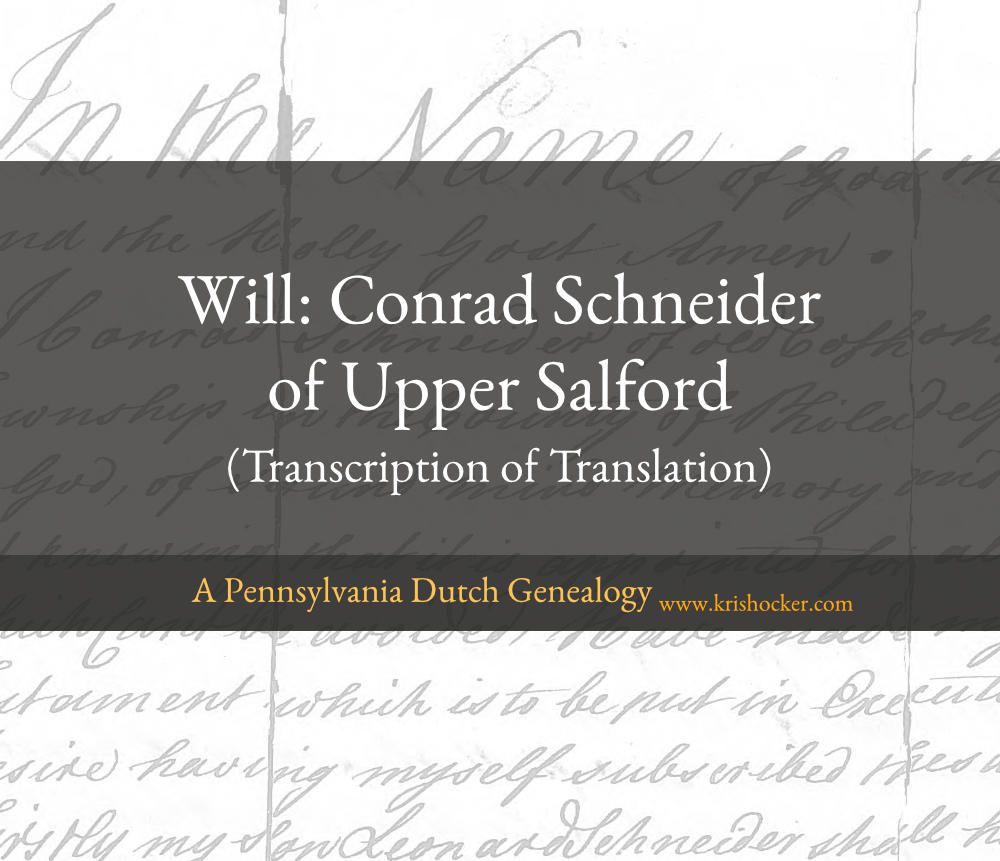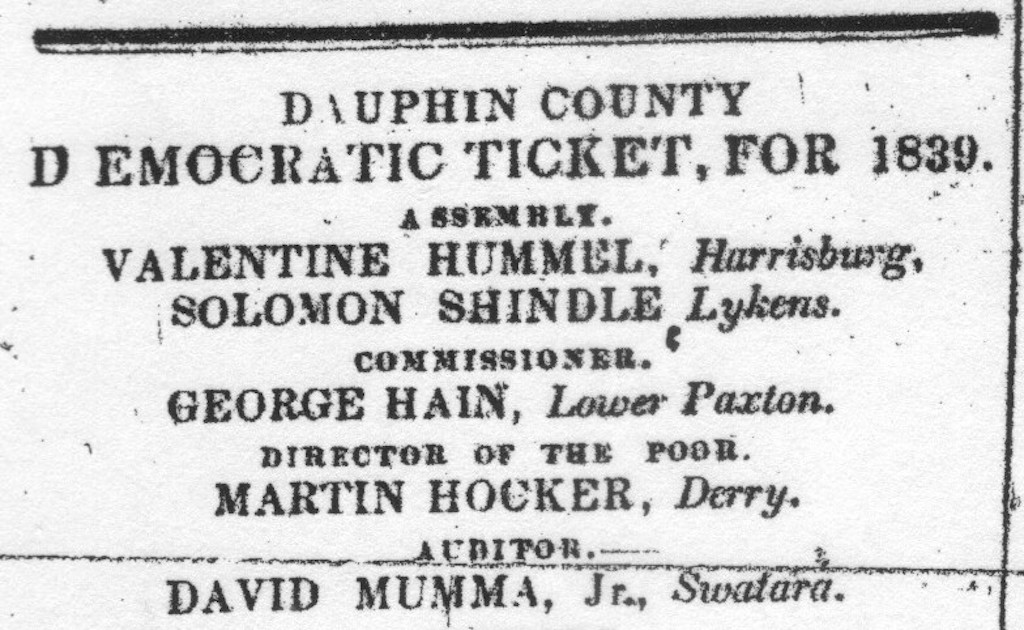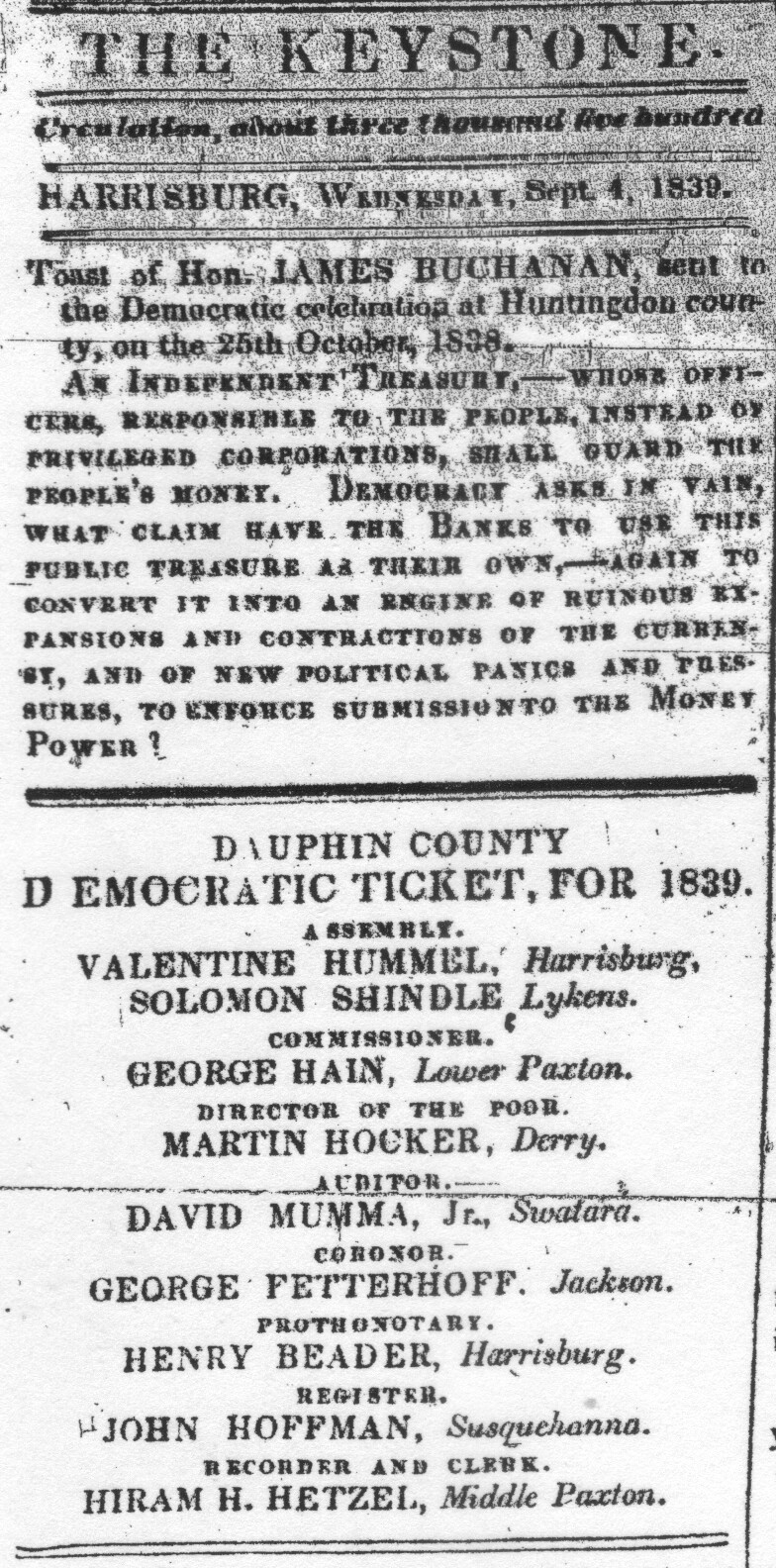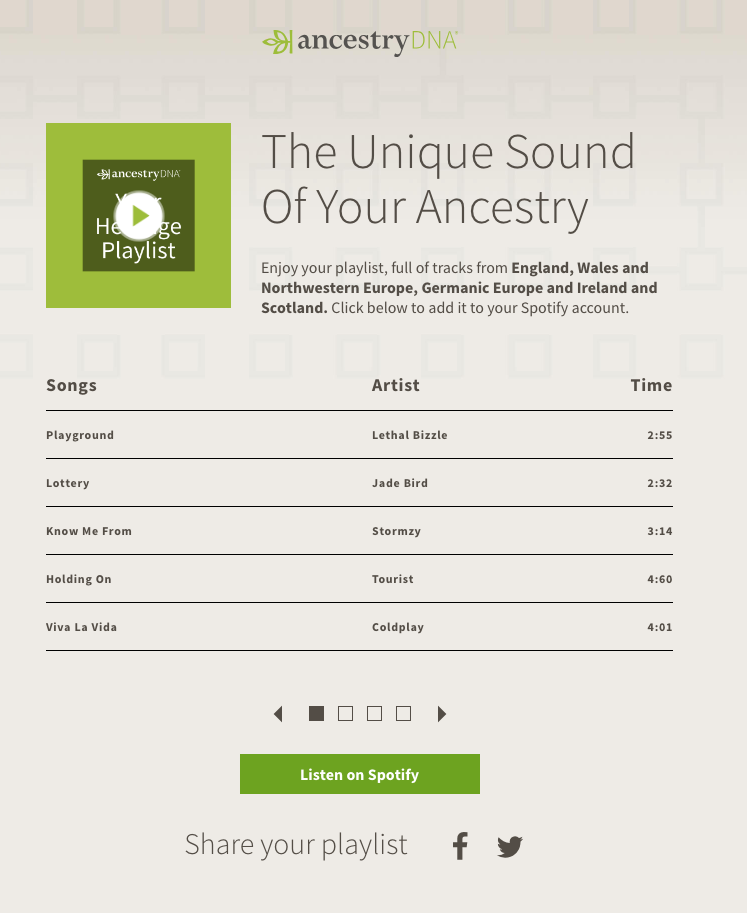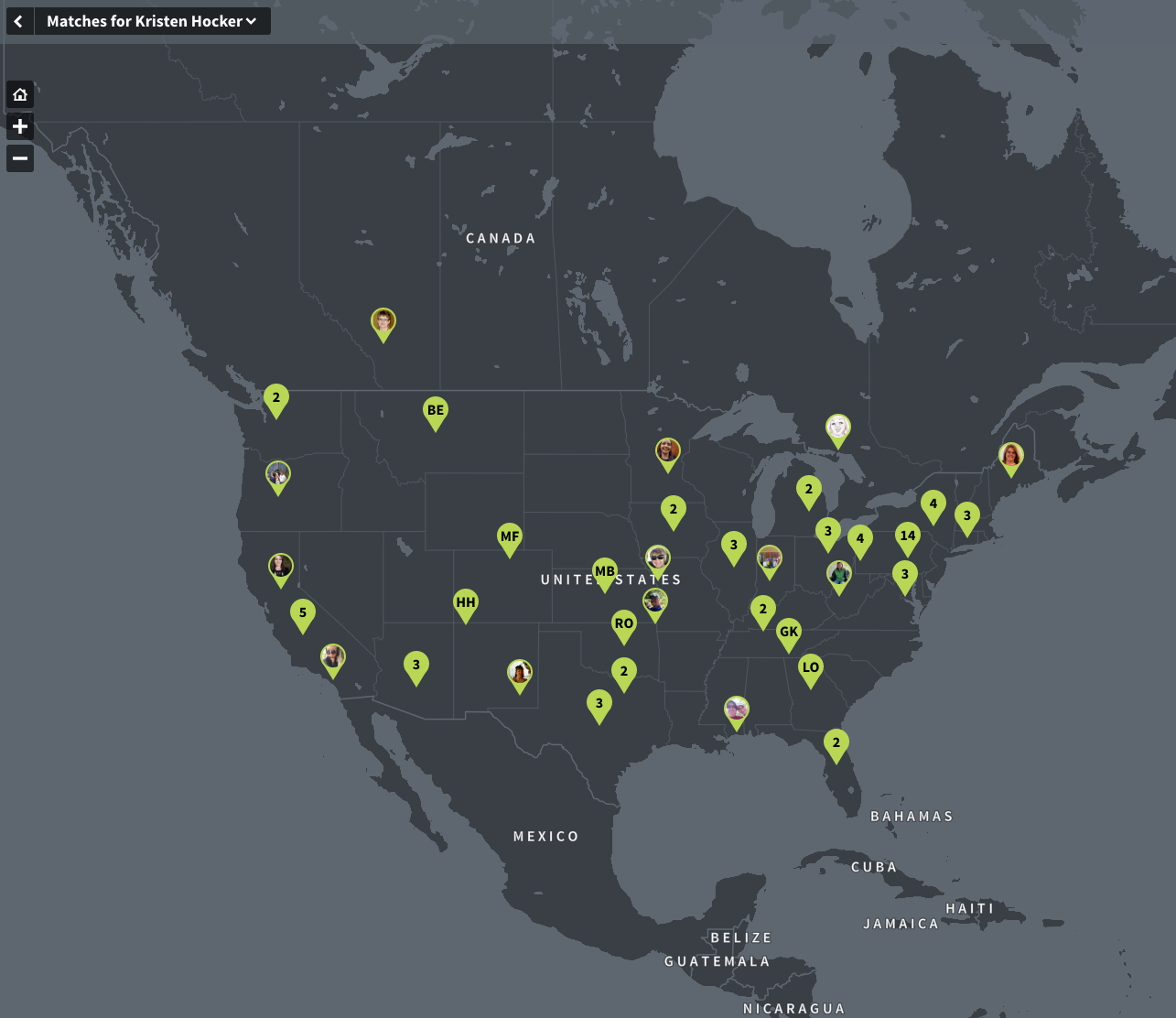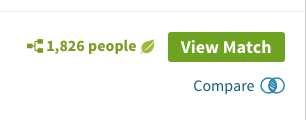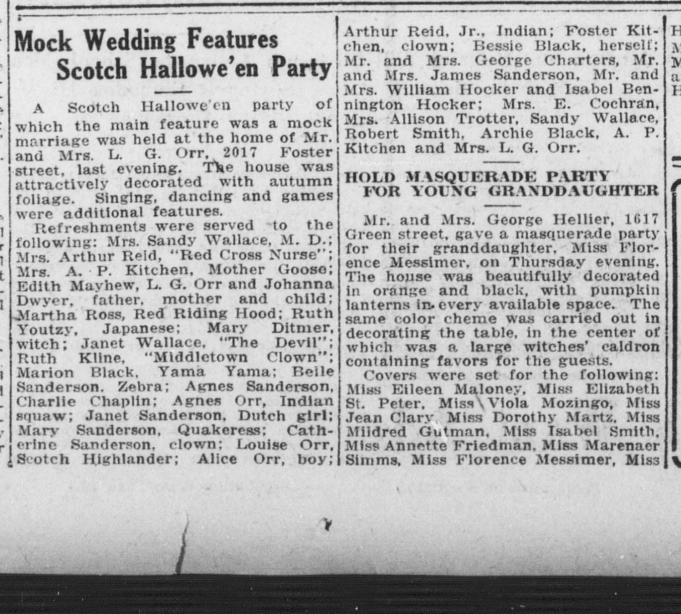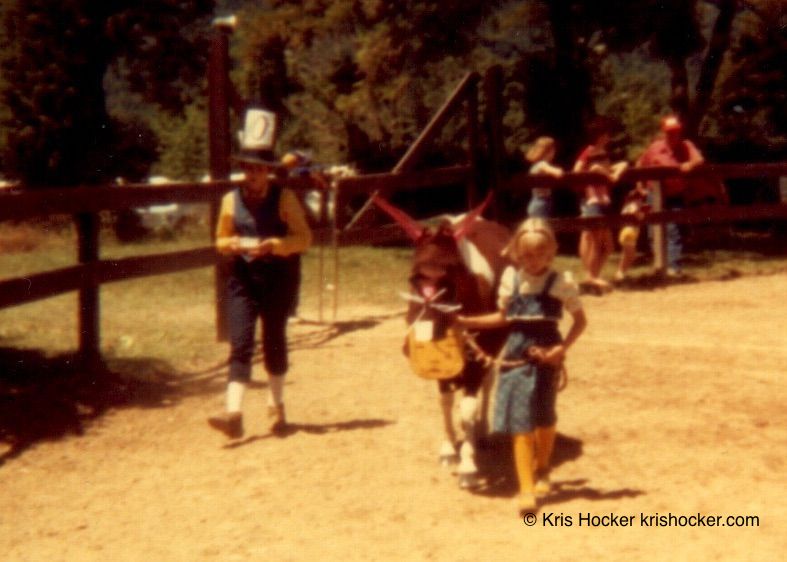Question for my Hocker readers, can you spot what’s wrong with this family group sheet? There are several errors, including two mistakes in assigning parentage.
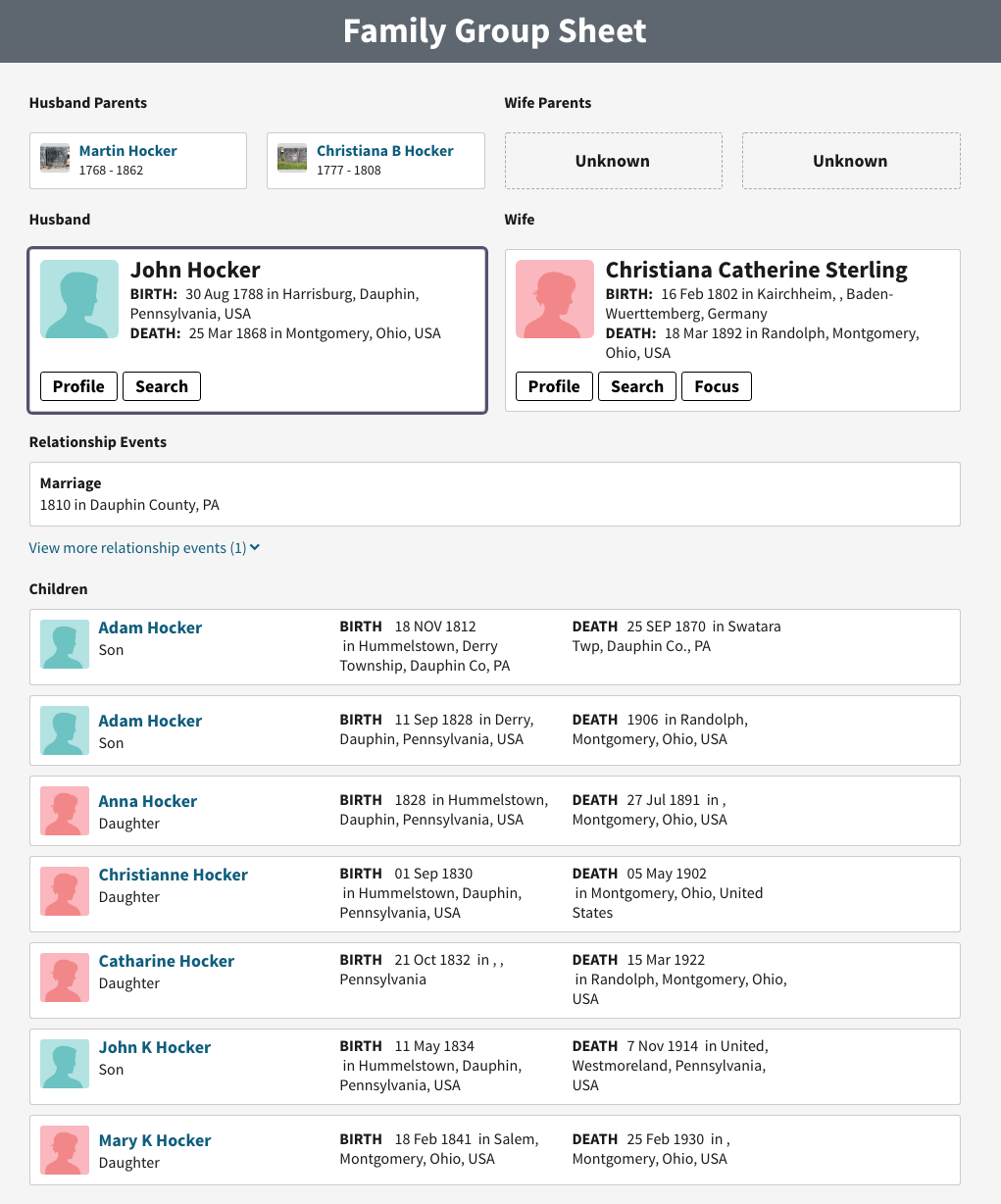
I’ve seen this family grouping in databases across the internet and it never fails to make me shake my head. I can understand why people make these mistakes, but still. Even if you haven’t done the research and don’t know the Hocker family well, you should be able see why these errors are, in fact, errors.
Let’s start with the most obvious mistake: two sons named Adam?! Yes, families often used the same name more than once for their children, but—and this is important—it usually happened when an older child died and a younger child was given their name. Two Adams who both lived to adulthood? Nope. George Foreman is not the norm.
The first Adam Hocker in the list of children is not the son of John and Christiane (Sterling) Hocker. The second Adam in the list is their son. C’mon, people, just look at the dates! John got Christiane pregnant when she was ten years-old?! Nope.
Adam Hocker (1812-1870) married Eve Hamaker, daughter of Adam and Magdalena (Snavely) Hamaker III, on 22 February 1838. They were both from Derry Township. They remained in Dauphin County all their lives, raising nine children: Jacob H., John, Adam H., Elizabeth, Sarah, David R., Eve Malinda, Martin M. and Anna C. Adam’s tenth child, Mary Ann, was from an unknown first marriage.
I have a very good idea who Adam’s parents were. It’s still only a guess—without any proof, documentary or otherwise. But, I can tell you they are not John and Catharine (Sterling) Hocker.
John and Catharine’s son Adam travelled to Ohio with the family in the late 1830s. He married Anna Engle, daughter of Jacob and Nancy (Moyer) Engle, on 19 April 1859 and died in Randolph Township, Montgomery County on 8 September 1907.
The second error? I bet my Colorado Hocker relatives saw it straight away.
John Hocker (1788-1868) was not the son of Martin and Christiana (Beinhauer) Hocker. Yes, they had a son named John, but he was born 6 May 1804 in Derry Township and died 28 Jun 1884 in Pennsylvania, likely in Cumberland County.
No, John Hocker (1788-1868) was the son of Adam and Sophia Maria (Hershey?) Hocker, also of Derry Township, my 5x great grandfather and Martin’s older brother. John was Adam’s eldest son, born while the family was still living in Harrisburg. I’ve written about my research tying the Montgomery County, Ohio Hockers to Adam and Mary, because it’s one of the families my Uncle Bill got wrong in his Hacker-Hocker genealogy.
But even without knowing the research or the family, you should be able to see there’s something wrong here. Martin and Christiana married 22 March 1799 at Salem Evangelical Lutheran Church. He was 31 years-old and she was 22 years-old. Having a child 11 years earlier when Christiana was 11 years-old? It’s just not feasible—or reasonable—even if you didn’t know their marriage date.
Additionally, John and Catharine’s daughter Anna was born 15 October 1824, not in 1828. Their son John K. Hocker died 11 July 1914 in Ludlow Falls, Miami County, Ohio, not in Westmoreland County, Pennsylvania.
So…
I didn’t write this post to shame the owner of this family tree. Everybody makes mistakes. Been there, done that, bought the damn t-shirt.
The point is that a little thought, a little analysis, can go a long way toward preventing mistakes like this. Do the dates make sense? Are the ages appropriate for the implied actions? Yes, our ancestors may have married young—though not as many as you might think. But how young?
I understand the drive to find a family for your ancestor. It can be almost compulsive, the need to connect a generation to a previous generation, to tie off all the lose ends, to fit everybody into a family. Especially when you’re eager to move on to the next person, the next discovery.
But taking the extra time to get it right is worth it. There’s a difference between making a convenient familial connection for an ancestor and making the correct one. Believe me; I’ve done both.
It’s like the difference between fitting two puzzle pieces together and finishing the puzzle. When it all comes together, when all those bits of information you’ve found work together, it all just makes sense.
So take my advice—I’m trying to follow it, too: slow down.
There’s no trophy for getting there first. But there is a reward for getting it right. It’s the feeling of satisfaction you get in knowing you did everything you could to get it right, and, as a result, can be reasonably certain that you did. And it feels pretty darn good.
